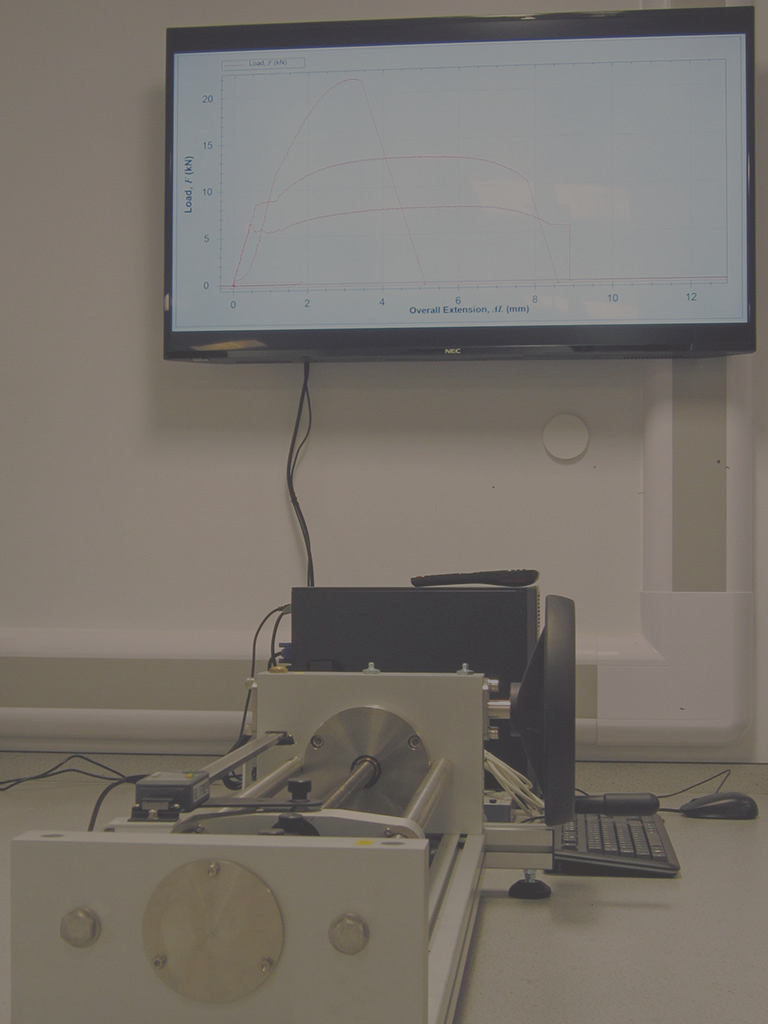Metallic Tensile Test Specimens
We provide a varied range of metallic tensile test specimens which can be incorporated in numerous modules embedded in University and College courses.
Facilities for repeatedly producing good quality specimens in-house are not always available, and if they are it may not always be practical, cost effective or convenient.
Buying them from Modulus & Matrix could be the simpler option !
Our range of metallic tensile test specimens have a good turned finish to size B, (nominally 20 square mms cross-sectional area), round with button-ends, generally to BS EN ISO 6892, and colour-coded for identification. (see dimensions)
If you are an academic, student, laboratory technician or a workshop manager, or if you work for procurement, tasked with finding a supplier of test specimens, contact us by email or call us on (44) 01749 870737.
Ferrous Test Specimens
- 0.1% carbon steel, BS970/EN1A/230M07, as drawn, (YELLOW)
Multi-turned parts - 0.4% carbon steel, BS970/EN8/080A42, as drawn, (GREEN)
Shafts, stressed pins, studs, keyways, structural engineering - 0.55% carbon steel, BS970/EN9/070M55, annealed, (BLUE)
Gears, sprockets, knives, cams, shafts, hammers - 1.0% carbon steel, BS1407 (silver steel), annealed, (RED)
Engraving tools, axles, pins, screwdrivers, taps and drills
Non-Ferrous Test Specimens
- Aluminium alloy 6082 T6 tempered (solution treated, artificially aged)
Beer barrels, cranes, bridges, structural - 60/40 Brass CZ121, as drawn
Water taps, castings, fasteners, watch components - Copper C101, as drawn
Bio-medical, domestic cookware, busbars, water pipes, valves
These are our standard metallics but we also have experience of others such as Stainless Steel, Titanium and Cast Irons.

Tensile test machine and graphic read out display
High Carbon Steel vs ‘Silver Steel’
When 0.8% carbon steel became unavailable in the bar size and quantities needed for us to produce tensile test specimens we decided to meet continuing demand by introducing an annealed 1.0% carbon steel, known as ‘silver steel’, which was well received and its mechanical properties triggered interesting debates between Academics, Students and Technicians!

Metallic Tensile Test Specimens




